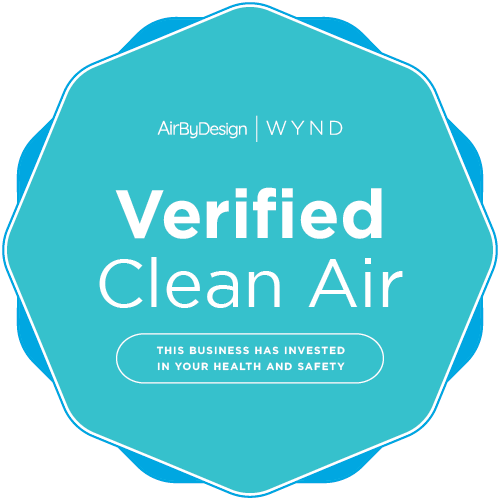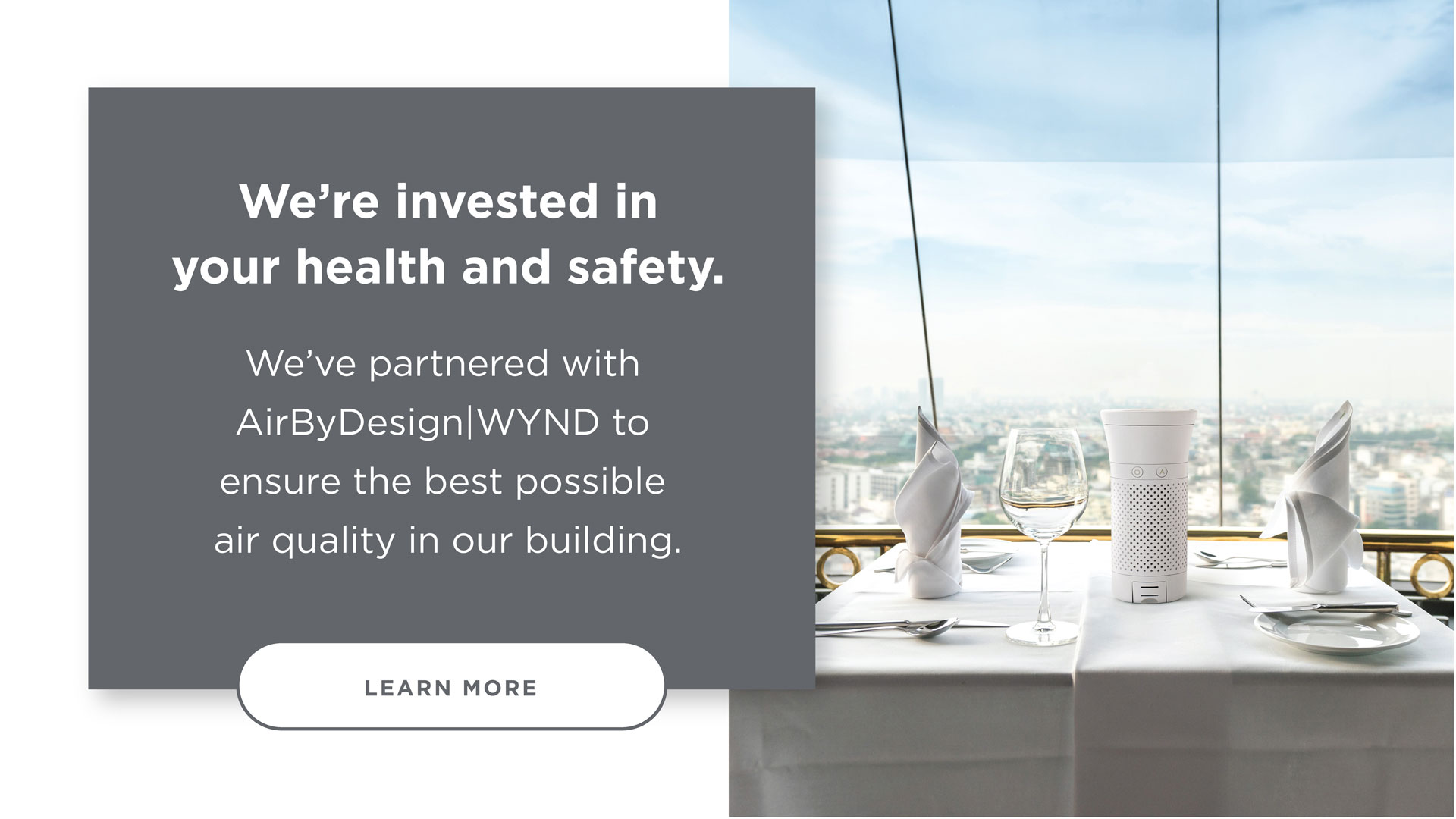Onboarding

Verified Clean Air
Thank you for joining our Verified Clean Air family! The Verified Clean Air badge symbolizes our mutual commitment to the well being of all the people we interact with.
Social Media Content
Not everyone can have Verified Clean Air. Don’t you want to show that off? Below are some social media assets that you are free to use.
Don’t forget to tag us, we love seeing how Verified Clean Air is improving the world!


FAQ
As a Family, we help each other out. Having issues? Feel free to contact us!
Max Air Purifier
- How do I get filter replacements?
- Can I unplug the WYND Max?
- How do I change the Fan Speed?
- Clean Air Delivery?
Filters are automatically sent to the address we have on file every 6 Months.
Yes, you are able to unplug the WYND Max. However, we ask that it is placed back in the original location as installed by our Technician. This positioning is vital in producing the correct air flow pattern.
The Max Purifier has a CADR of 537 m3 per hour or 316 CFM (cubic feet per minute). The Max Purifier is one of the most powerful smart purifiers in its price range.
Indoor Air Quality
The Max Purifier has a CADR of 537 m3 per hour or 316 CFM (cubic feet per minute). The Max Purifier is one of the most powerful smart purifiers in its price range.
- Headaches
- Dizziness
- Restlessness
- A tingling or pins or needles feeling
- Difficulty breathing
- Sweating
- Tiredness
- Increased heart rate
- Elevated blood pressure
- Coma
- Asphyxia
- Convulsions

AirByDesign (USA)
175 E Prospect Ave Danville CA. 94526
AirByDesign (CAN)
